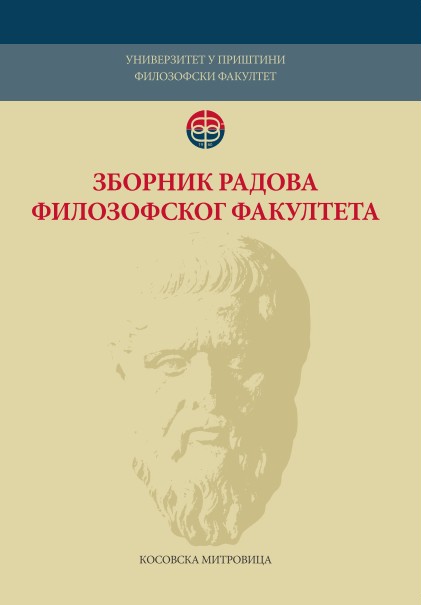Захтеви и потребе за титловањем аудио-визуелних садржаја намењених глувим и наглувим ученицима
Requirements and Needs for Captioning Audio-Visual Content for Deaf and Hard of Hearing Pupils
Author(s): Vesna Radovanović, Jasmina Kovačević, Ivana RistićSubject(s): Social Sciences, Education, Communication studies
Published by: Филозофски факултет, Универзитет у Приштини
Keywords: captioning; deaf and hard of hearing pupils; assistive technologies; verbatim translation; custom translation.
Summary/Abstract: Caption technology for deaf and hard of hearing translates the same spoken language into written language, including not only a textual recording of speech but also a description of background sounds. The literature states that the effects of captioned audio-visual content are conditioned by the level and speed of reading and that the understanding of the captioned material depends on the complexity of the text as well. The central question regarding captioning for deaf and hard of hearing is whether to literally translate audio recordings or to adapt them. While the deaf prefer the first option, research findings show that comprehension is greater if the text is simplified.The aim of the research was to determine the contribution of captioning to the understanding of audio-visual content among deaf and hard of hearing pupils of different levels of education by reviewing recent literature in this field. Papers related to the contribution of captioning to the understanding of con-tent in deaf and hard of hearing pupils were primarily searched through the Google Scholar database in order to narrow the research to journals with the largest number of papers on this topic: American Annals of Deaf, Brain Sciences, Deafness & Educational International, Journal of Deaf Studies and Deaf Education, Philosophy and Practice, The Journal of Specialized Translation Library. Ten papers that met the selection criteria were analyzed, with the largest number of papers focusing on primary school pupils. A statistically significant advantage in understanding captions with custom translation was found in one analyzed study, while the results of the other authors were statistically significant only in the domain of vocabulary, in the effects of captions vs. audio-visual content and in the effects of captions vs. sign language translation. The use of captioned material in the implementation of curriculum of many school subjects would provide important information that could improve the quality of teaching for deaf and hard of hearing pupils whether they attend inclusive or residential schools.
Journal: Зборник радова Филозофског факултета у Приштини
- Issue Year: 51/2021
- Issue No: 2
- Page Range: 323-338
- Page Count: 16
- Language: Serbian

